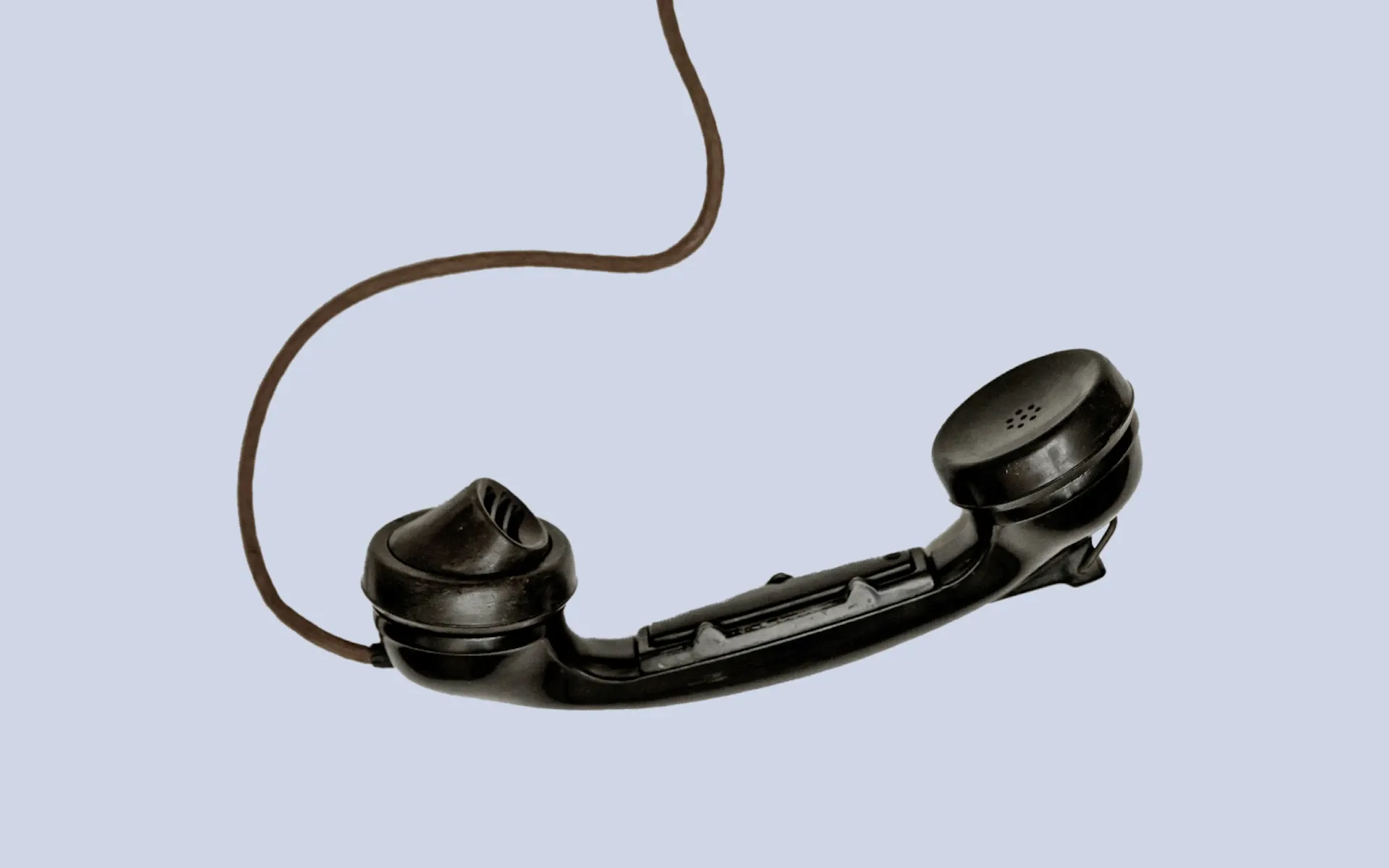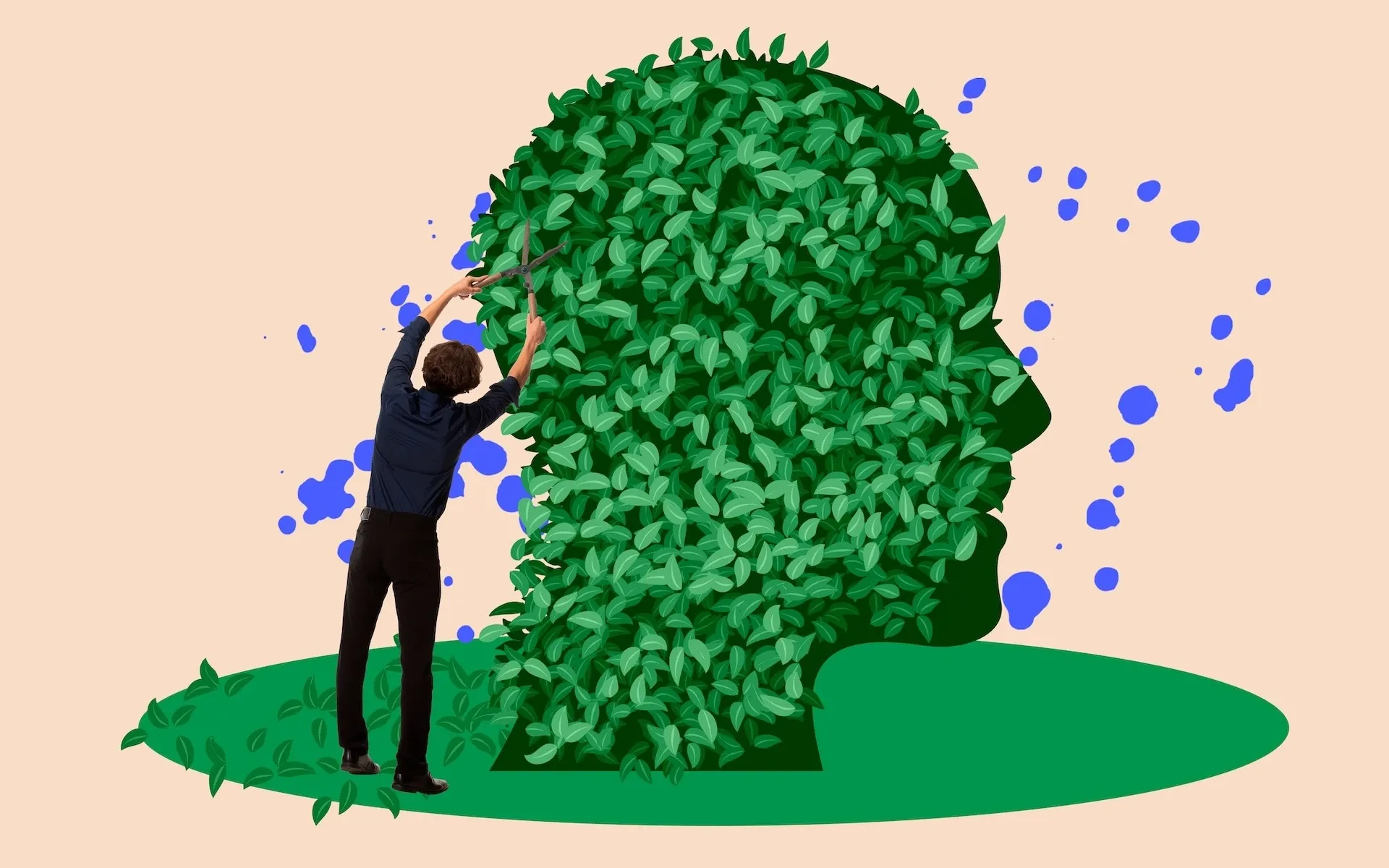What is green noise, and what’s it used for?
Learn what green noise is, what it’s used for, and where you can find it.

Green noise is a relatively new term, but its popularity has skyrocketed over the past few years. Let’s go through the basics today.
We’ll cover:
- What is green noise?
- What is the green noise frequency?
- Green noise vs. white noise: What’s the difference?
- Is green noise bad for you?
- Do people use green noise for sleep?
- Are there other green noise benefits?
- What else can you use green noise for?
What is green noise?
Green noise is a type of ambient background sound, often associated with nature. Think of a serene waterfall, a gentle stream, the wind and rain pitter-pattering through the trees — that’s all green noise.
What is the green noise frequency?
Green noise is mid-frequency, amplifying noise around the 500 Hz mark. This lends it a soothing effect, as it blocks out the higher frequencies some may find uncomfortable or irritating.
Green noise vs. white noise: What’s the difference?
White noise covers everything between 20 Hz and 20,000 Hz, combining all available frequencies. This gives it a constant “static” effect, which many people find useful for tuning out distractions or unwanted background noise.
Green noise is typically more “relaxing” than white noise, but one person’s treasure is another’s trash — if you listen exclusively to TV static on Spotify, we won’t judge.

Green and white noise are just two colors on the spectrum. Let’s look at pink, brown, purple, and grey noise:
- Pink noise is similar to green noise, but gives its lower frequencies more power. This means that high-pitched frequencies will be low-volume, creating a relaxing sound.
- Brown noise: Also known as red noise, this gives lower frequencies double the power of pink noise. The result is a bassy, “booming” sound.
- Purple noise: This is sometimes called violet noise, and is the opposite of brown noise, becoming stronger as the pitch increases.
- Grey noise: Similar to white noise, grey noise uses a wide range of frequencies, but focuses on the top and bottom end. This results in a more balanced version of white noise.
Is green noise bad for you?
There’s no research to suggest that green noise is harmful or bad for you. Naturally, take care of your ears — if you’re listening on headphones, keep the volume at a safe level and take regular breaks.

Do people use green noise for sleep?
You’ll have probably seen the “Green noise: 10 hours” looping videos on YouTube. That’s because people use it at bedtime — some go one step further and specifically use a green noise app for sleep.
There’s not a lot of data backing up green noise’s sleep-inducing qualities, but it has been proven to increase the body’s rest-digest response, which relaxes the brain.
Still, people want definitive answers. “The best green noise frequency for sleep” is a much-googled term, and it’s one that can’t really be solved by data.

Those interested in using green noise for sleep would be best off trying different noises, volumes, and frequencies themselves. Everyone’s different, and one person’s perfect frequency might be unlistenable to someone else.
Much like white noise, green noise is great for blocking out unwanted sound. If you live in a crowded building or by a busy road, playing green noise when you go to bed will likely mask the unwanted noise. It has the bonus of feeling “nice” to listen to, compared to white noise’s static sound profile.

Are there other green noise benefits?
What is green noise good for, really? Well, apart from using green noise for sleep, folks claim that it helps ease the effects of anxiety, ADHD, and tinnitus.
There’s not much hard data confirming this, but generally, people find green noise’s qualities calming — and that’s great. Whether it be for studying or sleeping, settling nerves or babies, it’s found an audience.
What else can you use green noise for?
Green noise is best known for its low-key, relaxing benefits. But that’s not to say it’s only for personal use. Whether you’re a solo creator, brand, or production company, you can likely use green noise in your content.
Epidemic Sound’s catalog is packed with more than 200,000 unique sound effects and variations — you’re sure to find some tasty green noise in there.
Need some foley-style waterfall sounds for your next video? We literally have an entire section of waterfall sound effects, captured on location.

How about some rustling leaves for an ASMR video? Yep, we’ve got a whole host of leaves for you to try out.

Don’t settle for second-best. Use Epidemic Sound and give your content a voice.

Related posts:

